| Plant Habit: | Cactus/Succulent |
| Life cycle: | Perennial |
| Sun Requirements: | Full Sun Full Sun to Partial Shade |
| Water Preferences: | Dry Mesic |
| Minimum cold hardiness: | Zone 9b -3.9 °C (25 °F) to -1.1 °C (30 °F) |
| Plant Height: | 2 feet |
| Fruit: | Pops open explosively when ripe |
| Flowers: | Other: In the genus Euphorbia, the flowers are reduced in size and aggregated into a cluster of flowers called a cyathium (plural cyathia). This feature is present in every species of the genus Euphorbia but nowhere else in the plant kingdom. |
| Flower Color: | Green Purple Red |
| Bloom Size: | Under 1" |
| Underground structures: | Taproot |
| Suitable Locations: | Xeriscapic |
| Uses: | Provides winter interest Will Naturalize |
| Dynamic Accumulator: | B (Boron) |
| Resistances: | Deer Resistant Drought tolerant |
| Toxicity: | Other: All members of the genus Euphorbia produce a milky sap called latex that is toxic and can range from a mild irritant to very poisonous. |
| Propagation: Other methods: | Offsets |
| Containers: | Suitable in 3 gallon or larger Needs excellent drainage in pots |
| Miscellaneous: | Tolerates poor soil |
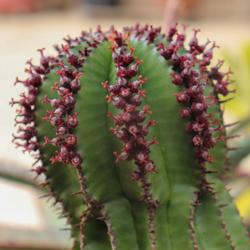
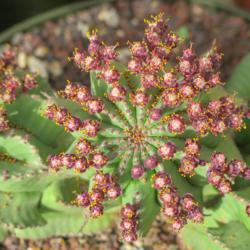
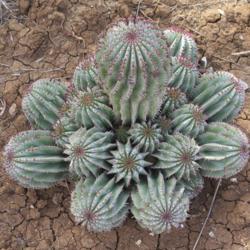
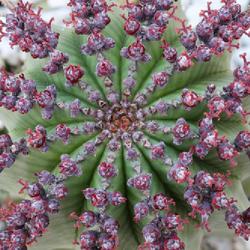
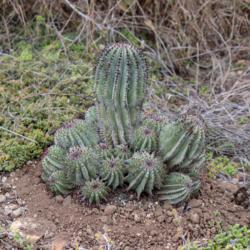

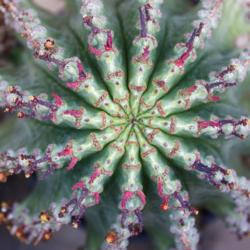

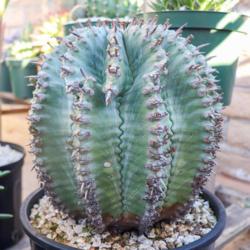
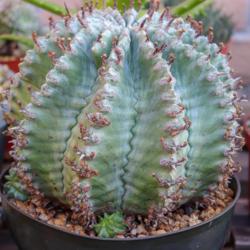

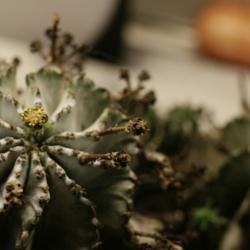
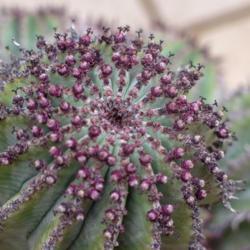

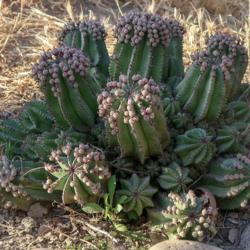


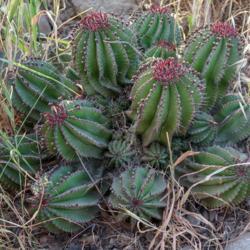


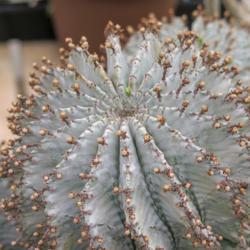
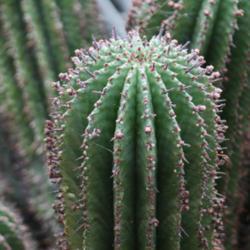
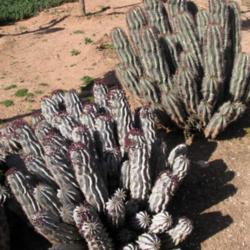
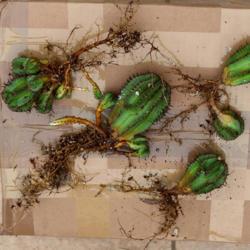
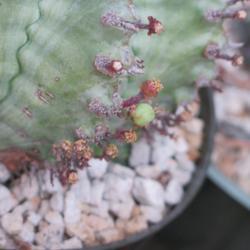
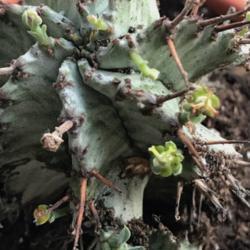
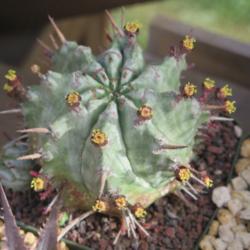
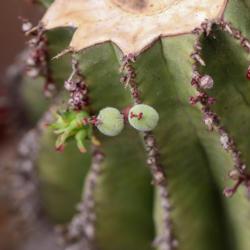
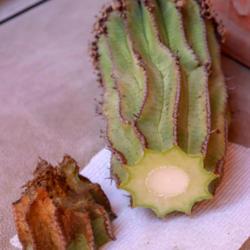
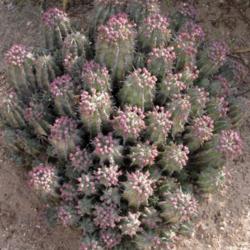

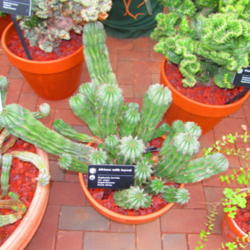

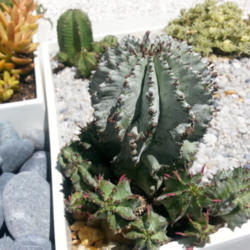
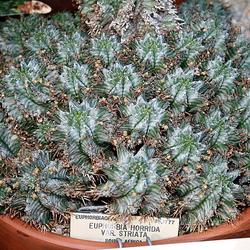
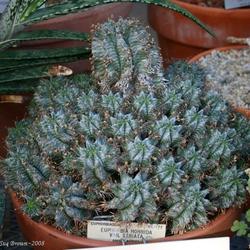
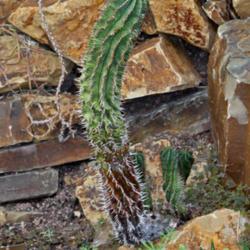
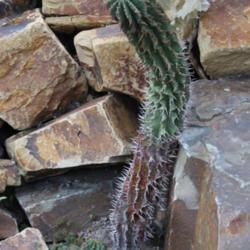
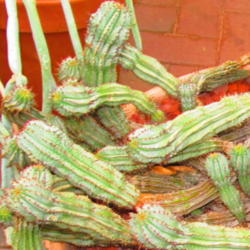
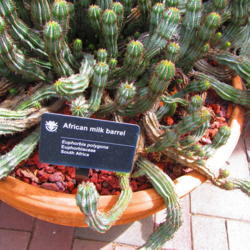

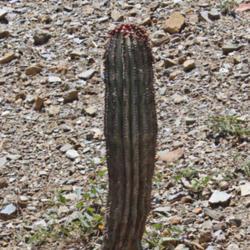
| Thread Title | Last Reply | Replies |
|---|---|---|
| Untitled by jmorth | Mar 1, 2013 2:40 AM | 4 |
| Family history by Baja_Costero | May 3, 2018 10:00 PM | 0 |
| Family history by Baja_Costero | May 3, 2018 10:03 PM | 0 |
| Family history by Baja_Costero | May 3, 2018 10:06 PM | 0 |
« Add a new plant to the database
» Search the Euphorbias Database: by characteristics or by cultivar name
« See the general plant entry for Euphorbias (Euphorbia)